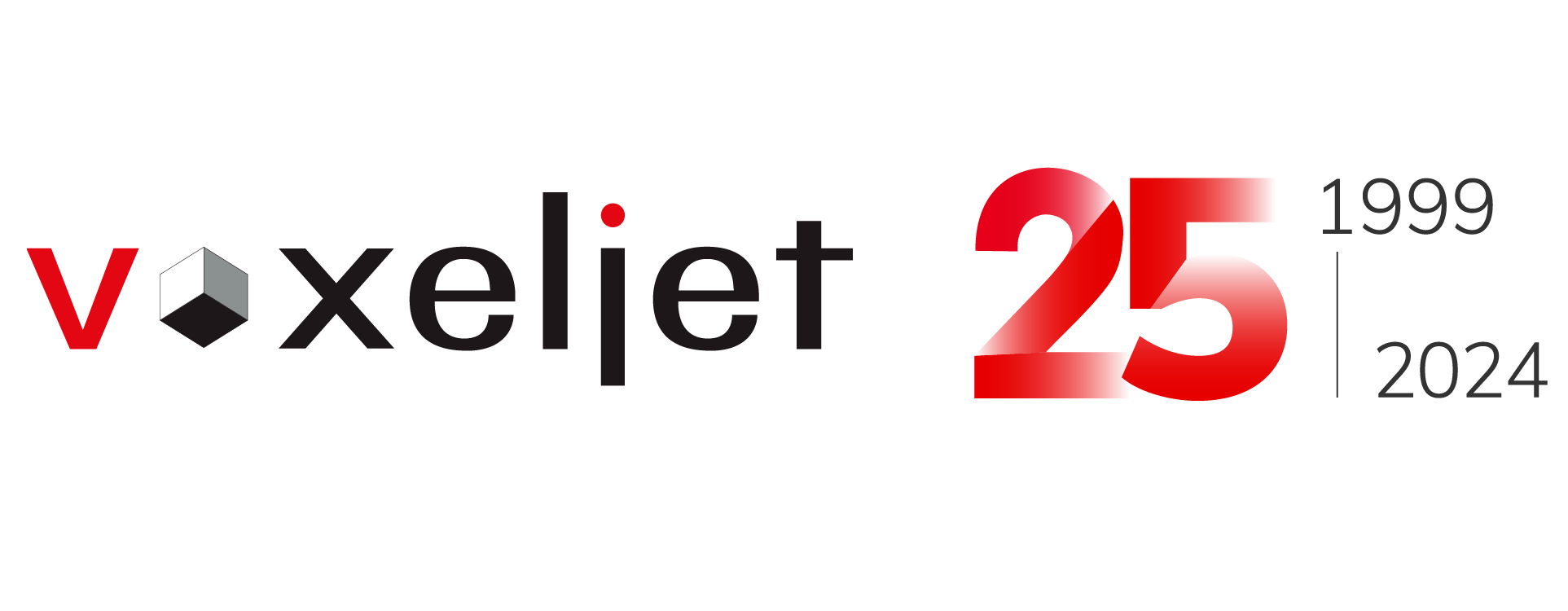- Home
- Additive Manufacturing
- Digital Construction
3D design & digital engineering
Digital twin, machine learning, CAD model, 3D design, generative design, topology optimization. In the course of digitization, an entirely new vocabulary has entered the modern engineering sciences. The buzzwords “digital engineering” and “3D design” enjoy particular attention within 3D printing processes used in the construction industry.
But what underlies these terms? What role do they play in the implementation of complex ideas and product variants in interaction with additive manufacturing in 3D construction printing? Here we provide answers to these questions and more.
What is Digital Engineering?
There are different interpretations of what digital engineering means. One describes digital engineering as the use of digital tools to produce design plans, models and blueprints. A more holistic approach emphasizes the component of Digital Business Engineering – this describes all methods, processes and techniques that can be used in industry or social organization to enable strategic digital transformation. At this point, we would like to focus on the latter interpretation in order to distinguish digital engineering as an overarching methodology from executive, methodological activities such as 3D design.
How are digital engineering and 3D design related?
3D design, also called CAD design (Computer Aided Design), can be subordinated to digital engineering as one of its elements. Essentially, the term 3D design describes the computer- or software-supported construction of 3D models. Whereas drawing used to be done on the drawing board, CAD modeling is now used across all industries. 3D design has particularly become an essential part of the manufacturing industry. Among other things, the generated 3D data provides the working basis for 3D construction printers. The data specifies the digital geometry, which a 3D printer used in home and building construction translates into a real and tangible object. But 3D design is not only used for printing in the construction industry. 3D models are now also standard for CNC milling machines and other established manufacturing processes.
What role does digital engineering play in the future of 3D design?
Digital engineering or digital business engineering is becoming increasingly important. Industrial value creation is undergoing a continuous digital transformation, and this includes 3D design as a sub-element. Imagine, for example, a factory fully equipped with a full range of printers suitable for 3D printing applications in architecture and construction. Digital engineering enables these 3D printing machines to talk to each other. They communicate about which machine is printing which part and how many consumables it will need. Other machines predict a maintenance call, whereupon replacement systems step in and continue production so there is no downtime. There is little need for physical warehouses for models and tools – the machines help themselves to a digital warehouse from which they fetch the house or building construction data they need for 3D printing. 3D design enables digital warehousing, and the complete digitization of tool storage frees up lots of space and resources. This sounds a bit like science fiction, but it is already being implemented today. Data and its processing are the indispensable commodity in this context.
Which technologies does voxeljet use for digital design?
All 3D printing processes typically require CAD data to transform a digital model into a tangible object. So does our binder jetting 3D printing technology. However, as a service provider for 3D printing on-demand and machine builder for 3D printing systems, we do not offer design services. Our expertise lies in the review of 3D print data and subsequent printing. If needed, we can offer recommendations and assistance in selecting appropriate partners. The most common software solutions for 3D design include AutoCAD, CATIA, Solidworks, Rhino, or the free open-source software, FreeCAD.
Which industries benefit from the innovative possibilities of 3D design?
As a rule, the design department is the first link in the chain of processes, such as a typical product development. 3D CAD data offers many advantages across all industries, as it can be used to provide an outlook on subsequent process steps, detect design errors at an early stage and minimize scrap. Compared to 2D CAD data, 3D design offers the possibility to check position and tolerance dimensions. With 2D CAD design, this step would always require the production of a prototype. In addition, the 3D data can also be used for subsequent processes such as milling, printing or virtual reality applications. Accordingly, the advantages of digital design extend far into industrial manufacturing, but also far beyond. In many industries, for example the automotive or aerospace industry, architecture, the film, and entertainment industry or in the production of end products such as shoes, both digital engineering and 3D design are already firmly integrated into everyday life.
Industrial 3D Printing Systems
Our portfolio of industrial 3D printers ranges from compact systems for research to additive mass production.


















